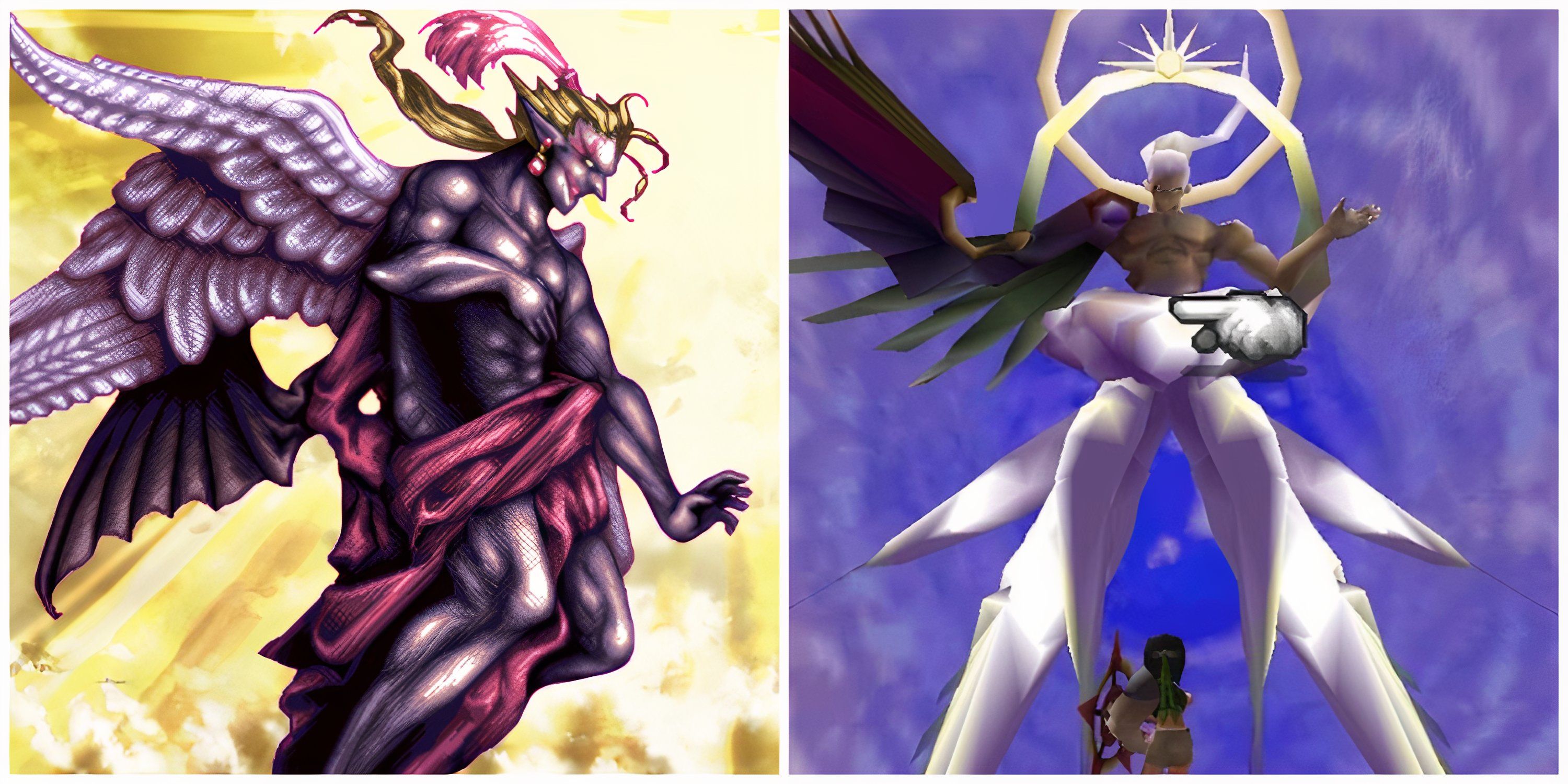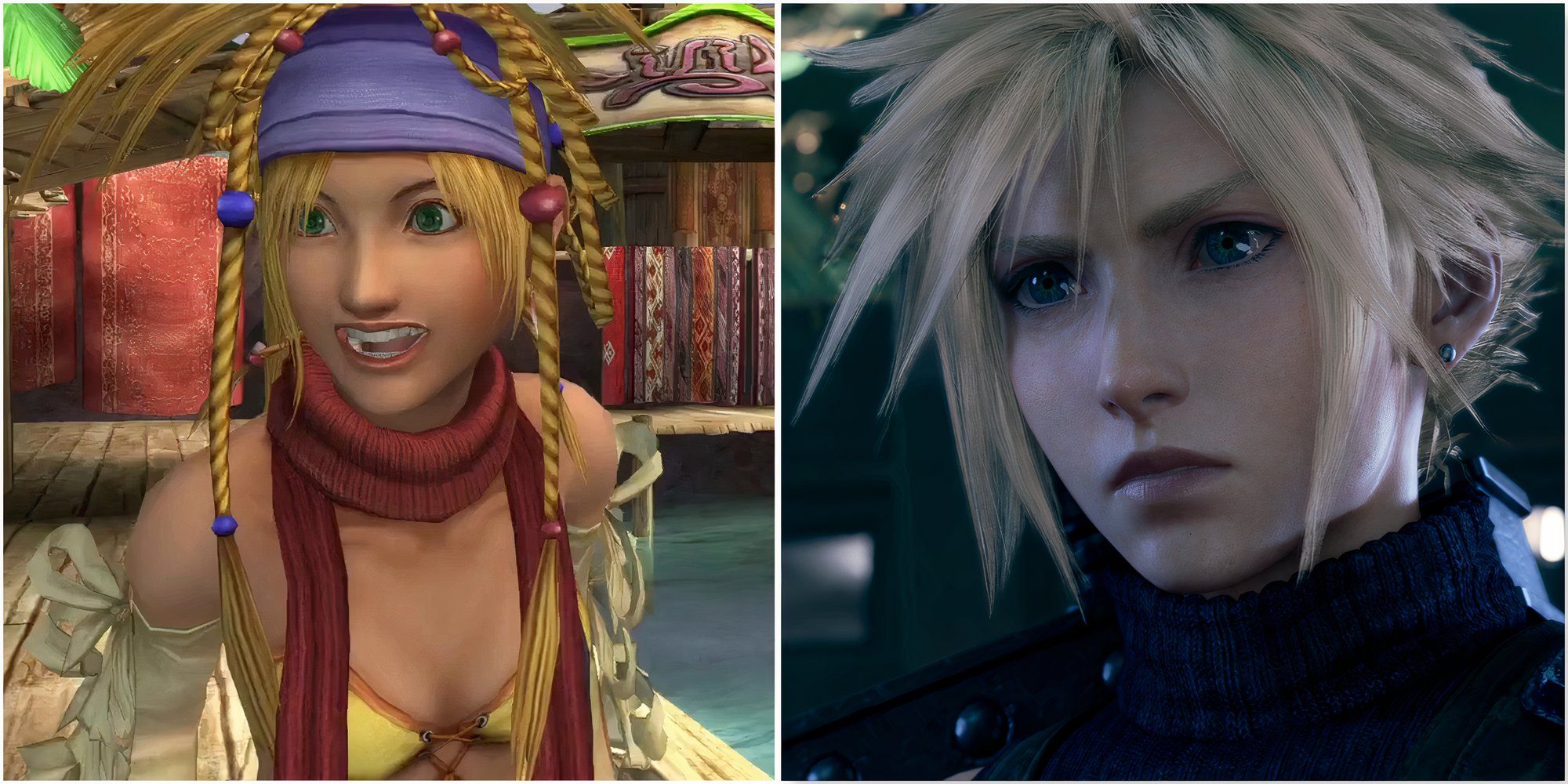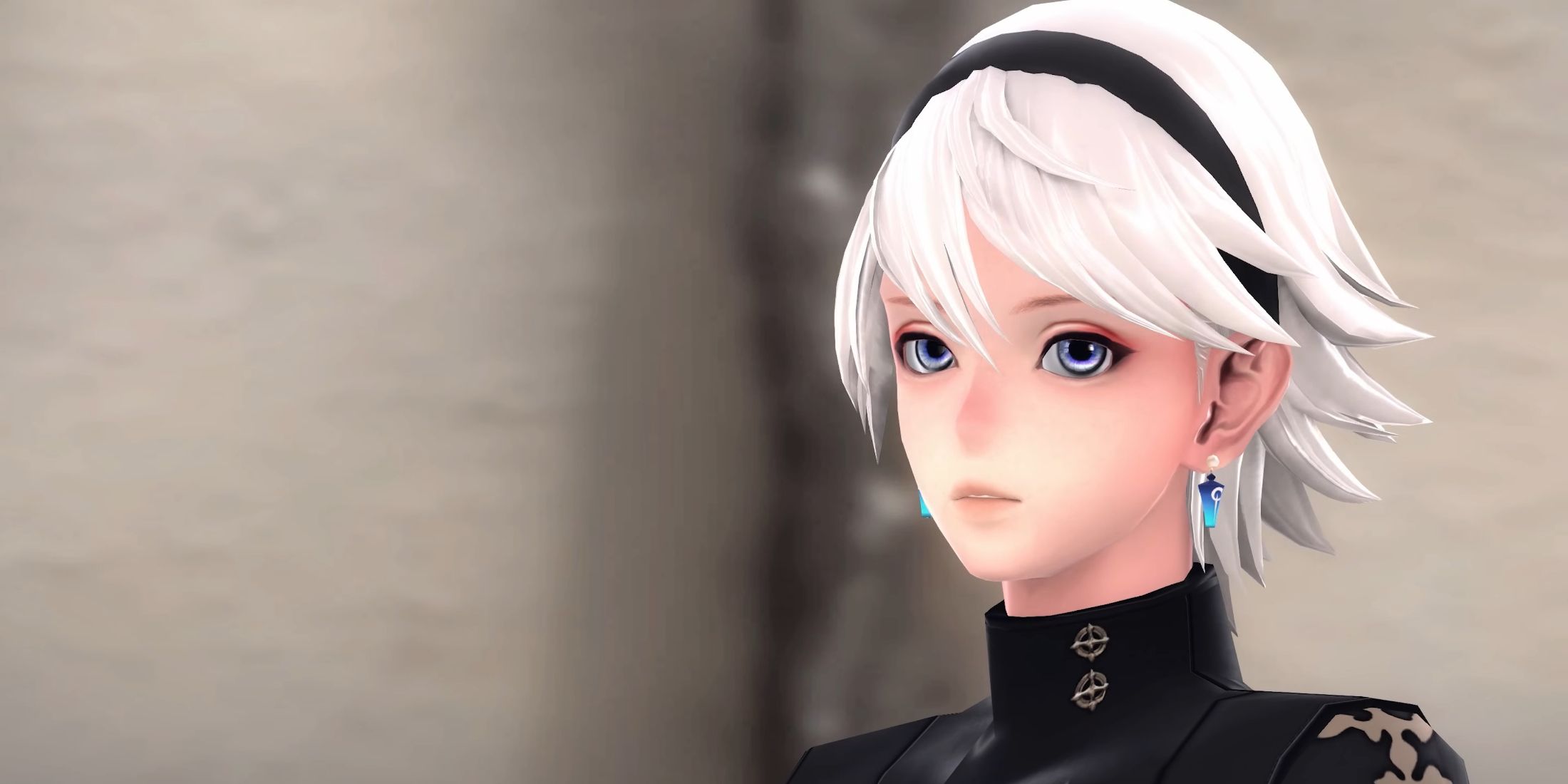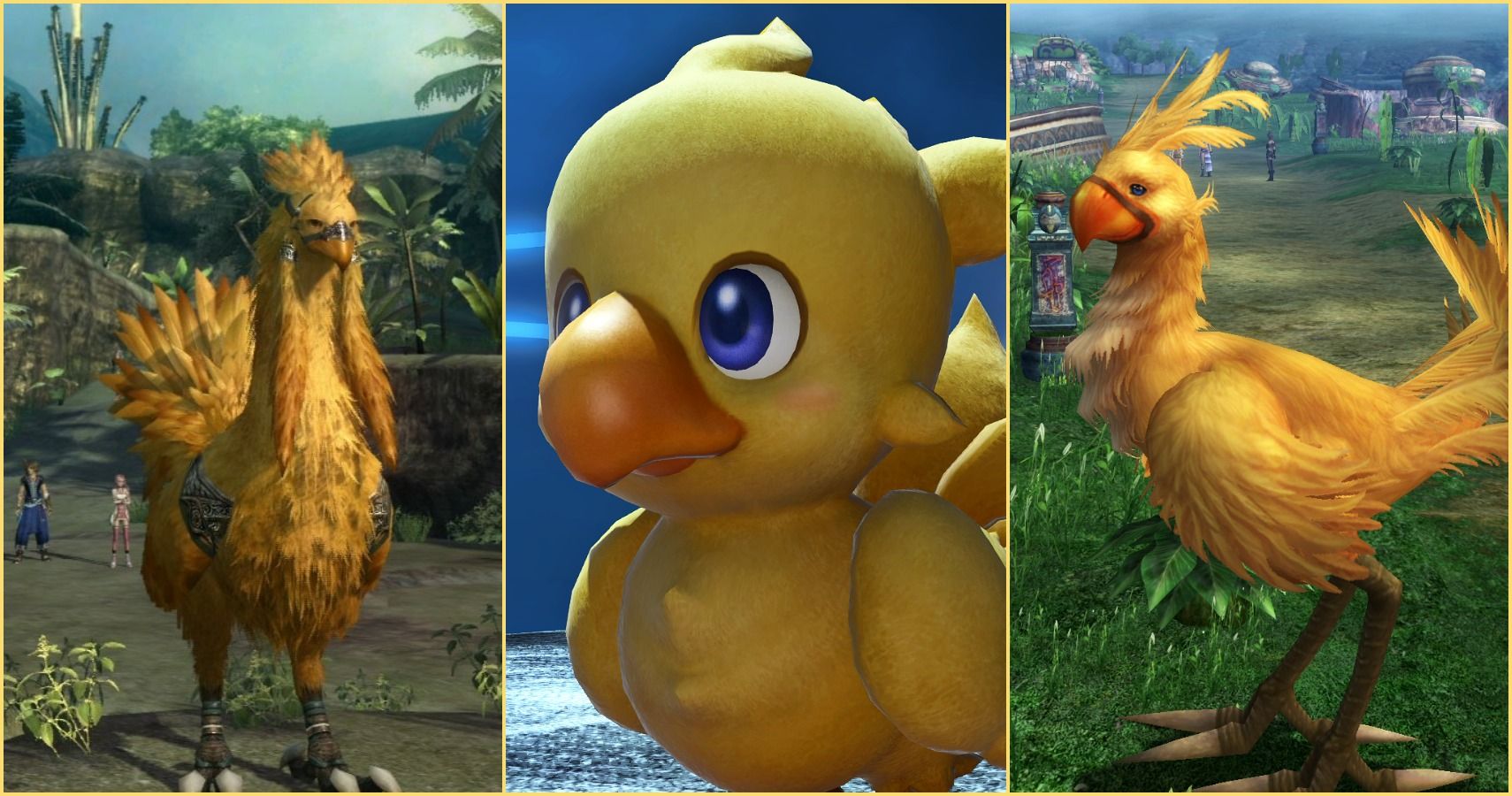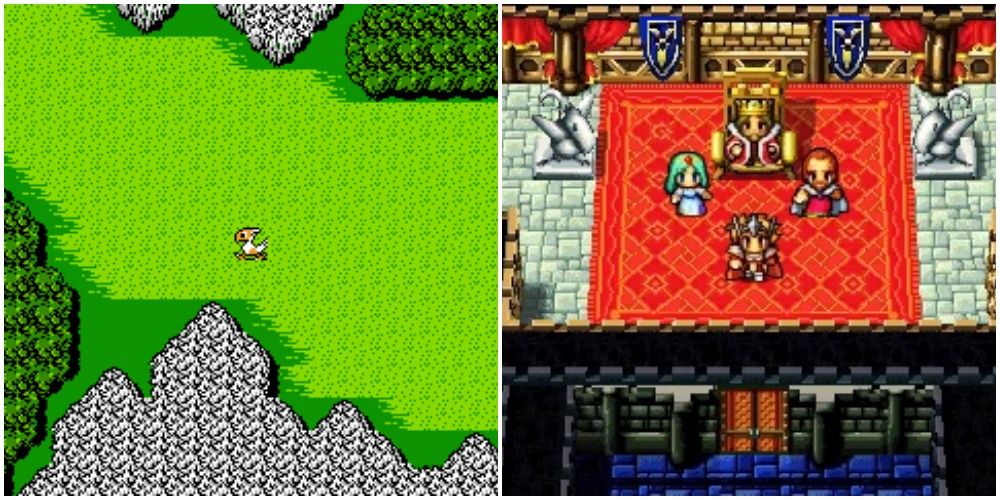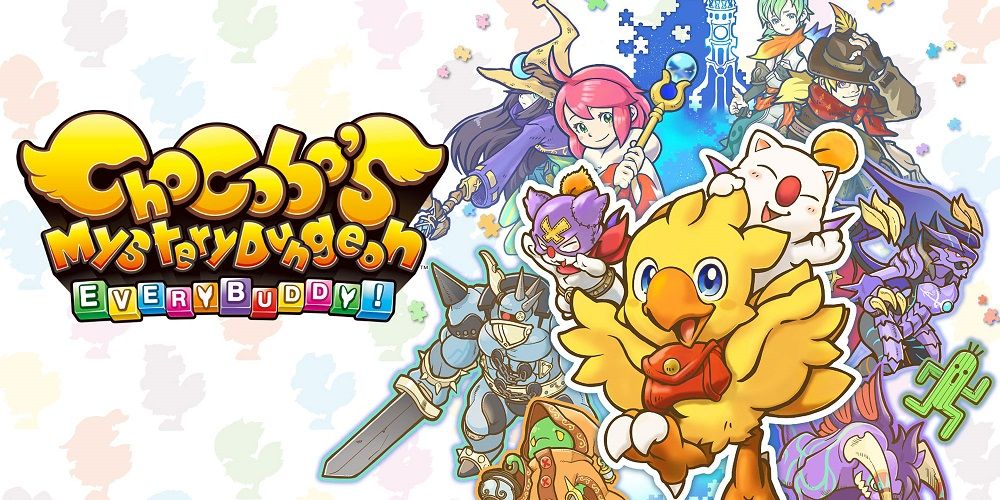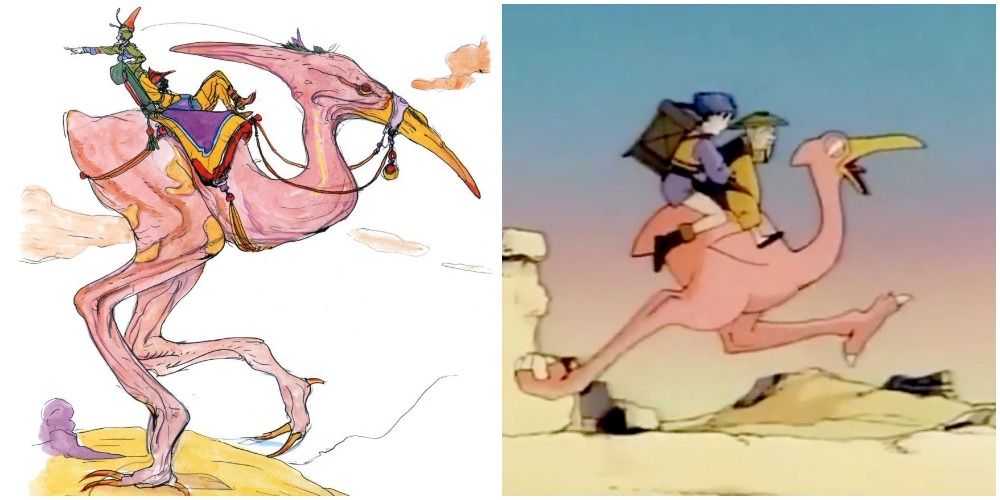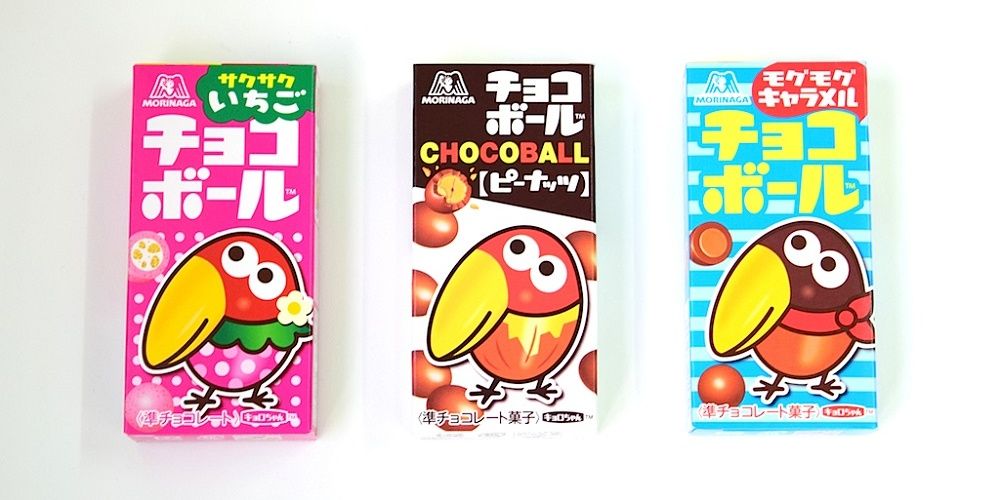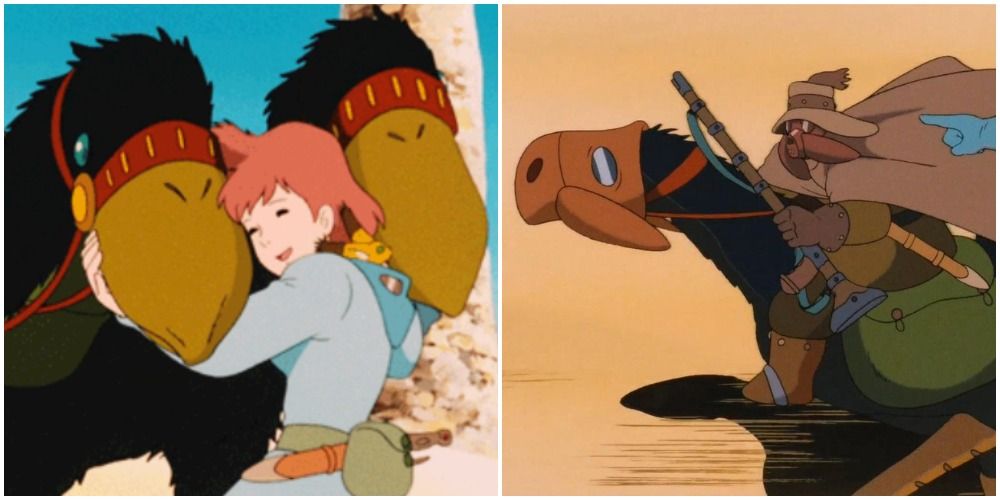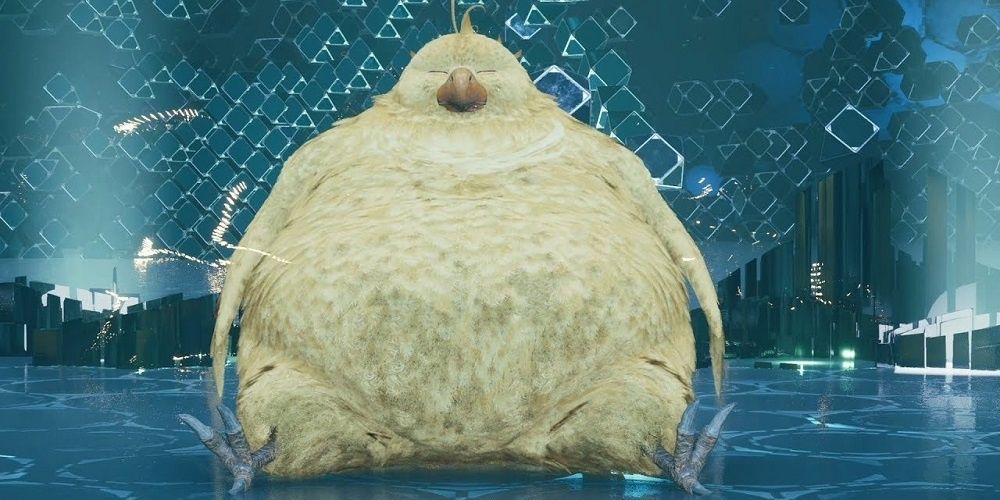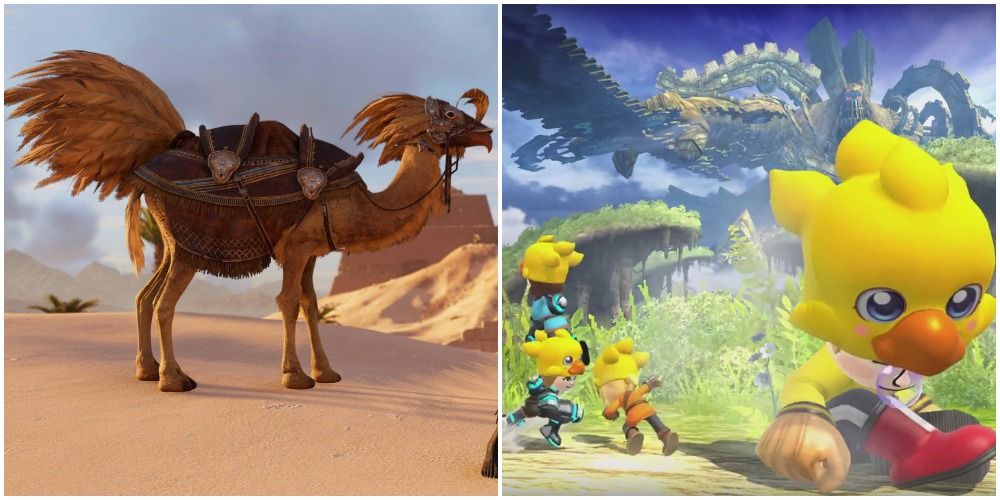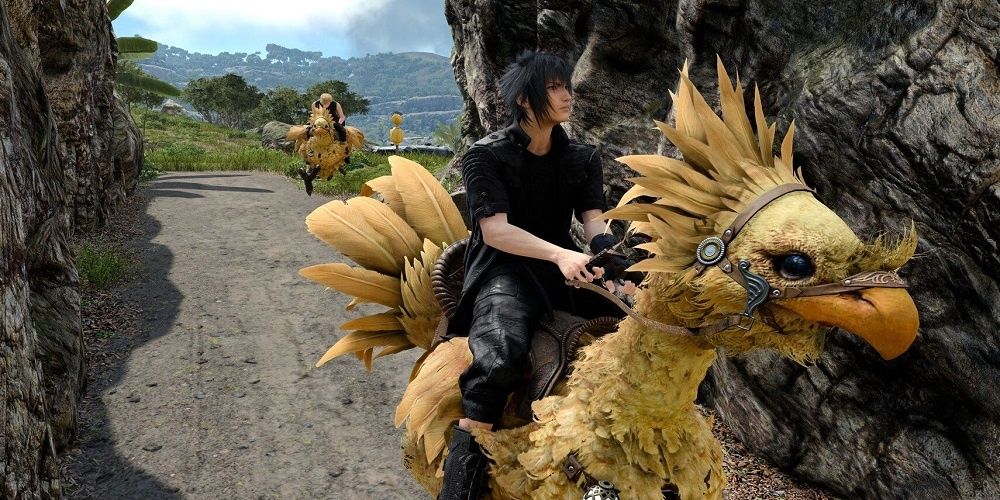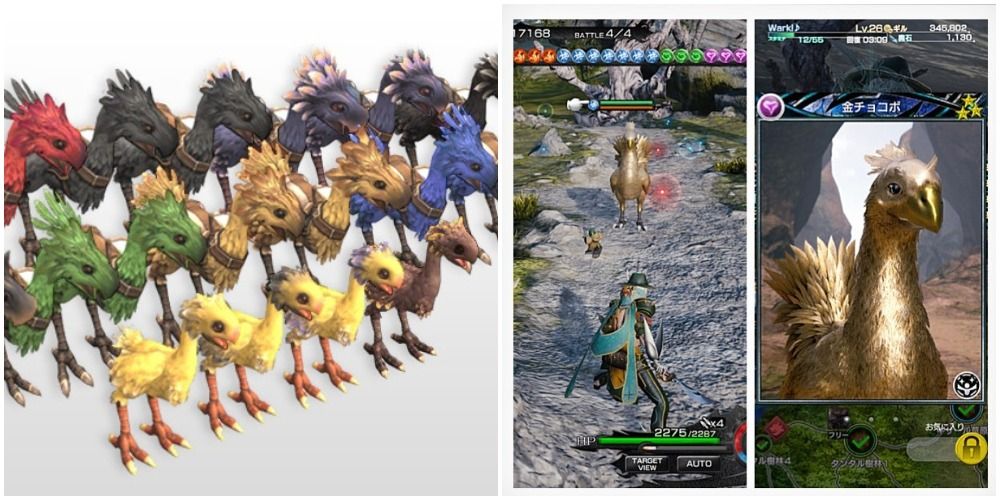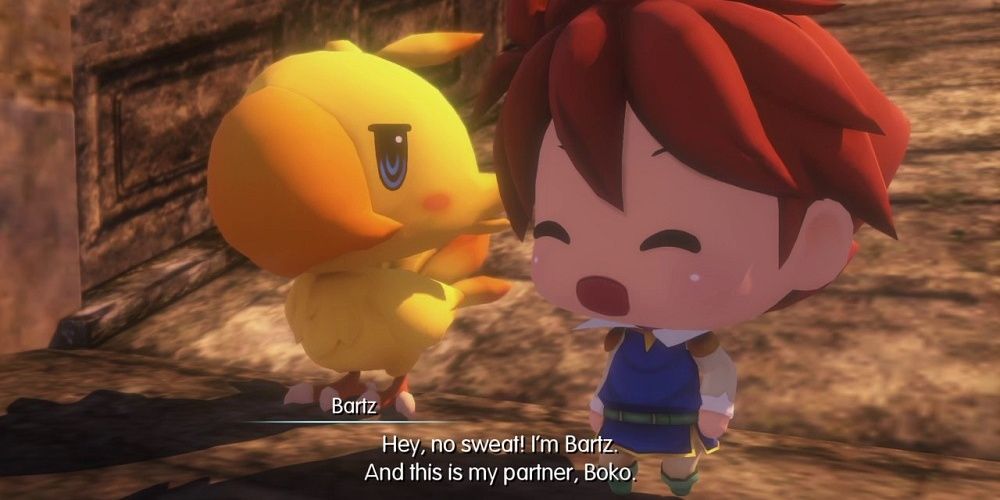Final Fantasy has become one of the biggest names in the gaming industry, and it's no wonder, as the long-running franchise began all the way back in 1987 when Final Fantasy released for the Nintendo Entertainment System in Japan. The series has set a high standard when it comes to the RPG genre, and it has defined many RPG elements over the years.
The Final Fantasy games feature many recurring components such as themes, crystals, characters, creatures, summonable battle companions, and more. Many of these returning staples have become synonymous with the franchise, with several of the creatures going on to become fan-favorite mascots. One of these creatures is none other than the Chocobo, and, whether you're a Final Fantasy fan or not, there may be a thing or two you didn't know about these beautiful flightless birds.
10 First Appearance
Many players believe that Chocobos have been around since the very first title, but they actually didn't appear until the release of Final Fantasy II. Chocobos quickly became a fan-favorite and have appeared in every title since in some way. They were even retrospectively added to the original Final Fantasy when it was re-released for GameBoy Advance, as well as later releases of this particular title, appearing as statues in Cornelia's castle.
Chocobos are generally used as mounts within the franchise, as well as featuring in mini-games where they are used to hunt, dig for treasure, or race against each other.
9 Spin-off Titles
Chocobos became such fan-favorites that they went on to have several spin-off titles where they featured as protagonists. The most notable spin-off series with a Chocobo at the helm are the Chocobo Racing, Final Fantasy Fables: Chocobo Tales, and the Chocobo's Dungeon games.
There are many more Chocobo titles that released in Japan only, such as Dice de Chocobo, which is similar in gameplay to Monopoly. Additionally, Chocobo World was a PocketStation mini-game that worked in conjunction with Final Fantasy VIII that eventually was released as part of the PC port of the game overseas.
8 Original Design
Legendary artist Yoshitaka Amano drew up the initial Chocobo concept art, and it was originally going to be a far cry from the yellow bird we know and love today. Early art shows a more prehistoric-looking bird that is completely featherless and far less adorable.
Final Fantasy: Legend of the Crystals, a four-part anime OVA that debuted in Japan in 1994, features a featherless Chocobo as a nod to Amano's original artwork. The explanation in the anime is that Linaly hasn't perfected her Chocobo summoning spell, and that's why the birds appear featherless when she summons them.
7 Bird Calls
Chocobo's are known for their bird cry of "kweh," but many players don't know where this sound originated. The "Chocobo" name came from a Japanese chocolate treat called "ChocoBall," and the mascot for this brand is a bird called Kyoro-Chan, who says "kweh." Additionally, "kuu" is roughly translated as "eat," with the volitional casual form being "kue," translating to "let’s scoff 'em down," which led to "kweh."
In some Final Fantasy titles, Chocobos are known to say "wark" instead of "kweh," and, in Final Fantasy Tactics: The War of the Lions, one of the characters explains that "wark" is the call of feral Chocobos, whereas "kweh" is the call of tamed ones.
6 Inspiration
Though ChocoBall may have inspired the name and sound of the Chocobo, the visual design inspiration came from somewhere else. Chocobos were influenced by the design of the Horseclaw creatures from Hayao Miyazaki's 1984 animated film Nausicaä of the Valley of the Wind.
It's clear to see the resemblance between the cute Horseclaw creatures from the film and Chocobos. While Chocobos are generally yellow in color, as the series evolved, so to did the creatures' color variations, which eventually grew to include black Chocobos which made them even more similar to the Horseclaws.
5 Fat Chocobo
In many of the Final Fantasy games and spin-offs, it is established the Chocobos are ruled by the Fat Chocobo, also known as Big Chocobo, Chubby Chocobo, or sometimes The Godsbird. While it is commonplace that Chocobos easily understand the human language, Fat Chocobo is the only one able to converse with human speech.
Fat Chocobos are usually able to carry more items than other Chocobos, and this idea is also used in Chocobo's Mystery Dungeon in which the Fat Chocobo stores items for the player. There have also been a few titles where the Fat Chocobo features as a summon, most recently making an appearance in the Final Fantasy 7 Remake.
4 Guest Appearances
Chocobos have become such a well-known creature within the gaming world that they have also appeared in other game franchises. Players are able to obtain a Chocobo keyblade and Gummi ship in the Kingdom Hearts series, Mii fighters for Super Smash Bros are able to equip the Chocobo hat, and the rather horrifying Chocobo-camel hybrid appeared in Assassin's Creed Origins.
Other games that Chocobos have made an appearance in include Legend of Mana, Dragon Quest, Yo-kai Watch 3, Tekken 7, and many more.
3 Chocobo Funk
Though Chocobos are exquisitely beautiful creatures, many fans don't realize that these birds actually emit a rather hideous and strong odor. This fact is alluded to a few times within the series, as the stench is often commented on by NPCs. Additionally, one of the Brain Blast quizzes from Final Fantasy XIII-2 mentions that a Chocobo riding course had to be dropped from Academia's teaching because parents complained that the smell was rubbing off on their children.
Final Fantasy XII explains that feeding Chocobos their favorite food of Gysahl Greens apparently helps to reduce the musky scent.
2 Chocobo Colors
When the franchise ultimately decided to introduce other color variants of Chocobos, it made the yellow versions the most common breed. Other color Chocobos can have different traits such as being better swimmers or with some even being able to fly.
The rarest color variant is the Gold Chocobo, though it sometimes goes by other names depending on the title. It is said to be the most powerful of all the Chocobos; it has the highest stats, and can reportedly cross any terrain.
1 The Most Famous Chocobo
The most famous Chocobo throughout the entire series has to be Boko, sometimes spelled as "Boco" instead, which shows how it is a reversal of the last two syllables of the word "Chocobo." Boko first appeared in Final Fantasy V as Bartz's companion. In Final Fantasy VIII, Boko is the name of the Chocobo in the Chocobo World add-on game for the PocketStation, as well as being the default name for the Chocobo chick given to Squall in the Chocobo Forest.
In Final Fantasy IX, the Black Mages name their Chocobo Chick "Bobby Corwen," which also alludes to Boko, with the first two letters of each name spelling out "Boco." There are many other times that Chocobos are named Boko throughout the Final Fantasy franchise.

